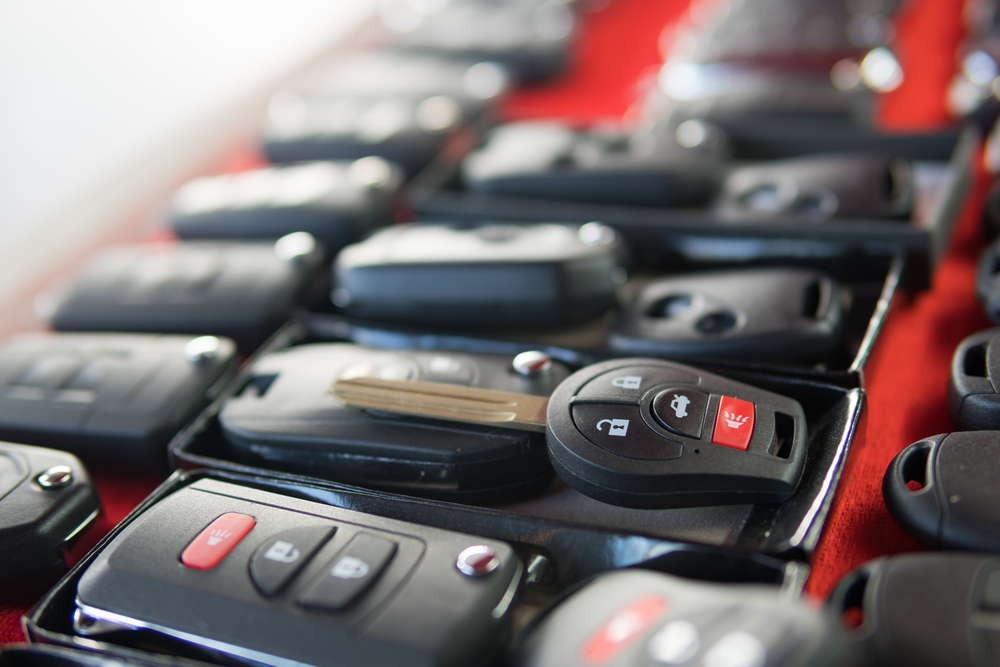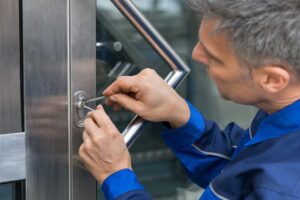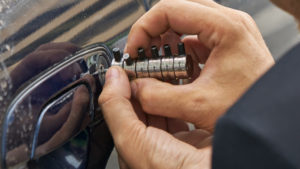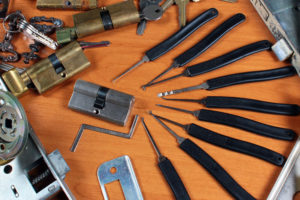Table of Contents
A bump key is a piece of equipment that may be used to open practically any door. It is comprised of ridges that allow you to slip it into the lock and “bump” it open. While this may sound like something out of a movie, it is a very real and practical approach to open a closed door. We will show you how to utilize a bump key securely and effectively to avoid lock bumping in this post. We’ll also teach you how to build your own bump key if you don’t already have one!
What exactly is a bump key?
A bump-key is a device that can unlock practically any door. It is comprised of ridges that allow you to slip it into the lock and “bump” it open. While this may sound like something out of a movie, it is a very real and practical approach to open a closed door.
How does a bump key function?
A bump key works by taking advantage of how most locks are constructed. Most locks are designed with pins that must be positioned in a specific way for the lock to open. When you enter a bump key into a lock, you are really aligning the pins so that the lock may be opened.
After inserting the bump key into the lock, all that remains is to “bump” it with your palm or a tool. As a result, the pins will align and the lock will open. It truly is that simple!
How can I create my own bump key?
Don’t worry if you don’t have a bump key on hand! With a few basic tools, you can simply create your own. You only need a file and a blank key.
Begin by filing down the teeth on the blank key. You want to make sure that all of the teeth are the same size so that they will fit properly into the lock. If you are unable to do the task on your own, it is recommended that you engage a lock repair professional.
How to Select the Best Bump Key for Your Needs
Now that you understand how to utilize a bump key, it’s time to pick the best one for your needs. When selecting a bump key, there are a few factors to consider:
The key’s dimensions
Check that it is the suitable size for the lock you intend to use it on. If the key is too tiny, it will not fit properly into the lock. The lock may be damaged if the key is too big.
The key’s composition
Bump keys are frequently composed of metal or plastic. Metal keys are stronger, but they might be more difficult to enter into the lock. Plastic keys are easier to insert, but they may not last as long.
The kind of lock
There are several sorts of locks, and each requires a unique bump key. Before purchasing a bump key, make sure you know what sort of lock you will be using it on.
With all of these considerations in mind, you should be able to select the best one for your requirements.
How to Use It Properly
Now that you’ve learned how to use it, it’s time to learn how to use it securely. When utilizing it, there are a few things to bear in mind:
Don’t try to force the key.
If the key does not appear to be entering the lock, do not force it. This might cause damage to the lock or key, making it more difficult to enter the door.
Take cautious not to break the key.
Bump keys are frequently composed of metal or plastic. You may shatter the key if you exert too much force.
Keep the key out of the lock.
After you’ve unlocked the door, remove the key from the lock. Leaving the key in the lock might harm it and make closing the door more difficult.
You should be able to operate it securely and successfully if you keep these guidelines in mind. If you’re still unsure, we recommend calling a professional locksmith.





